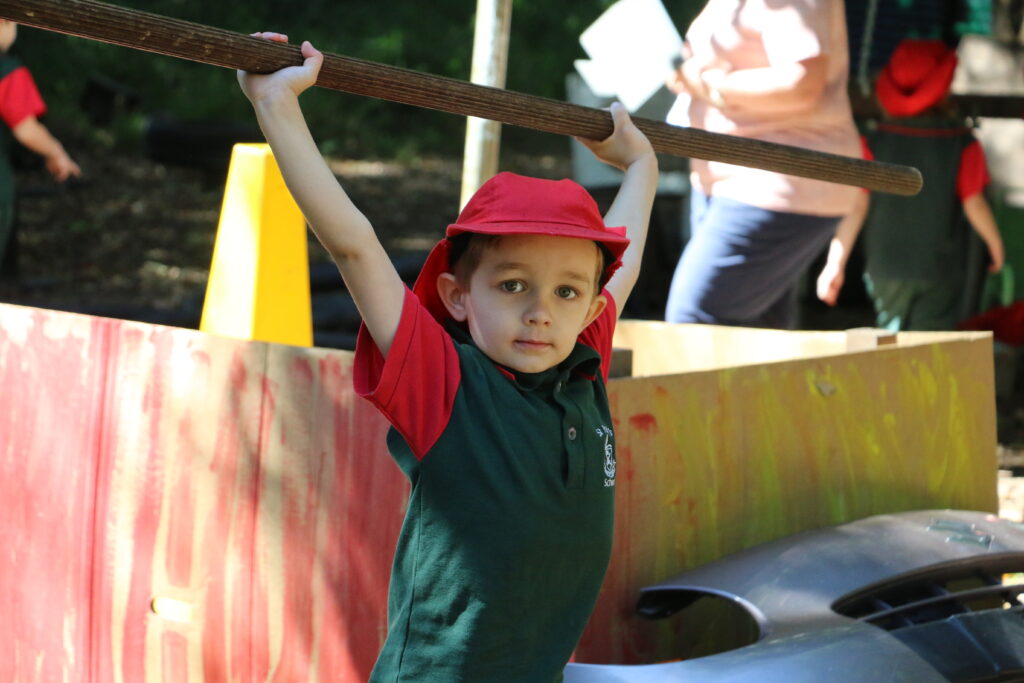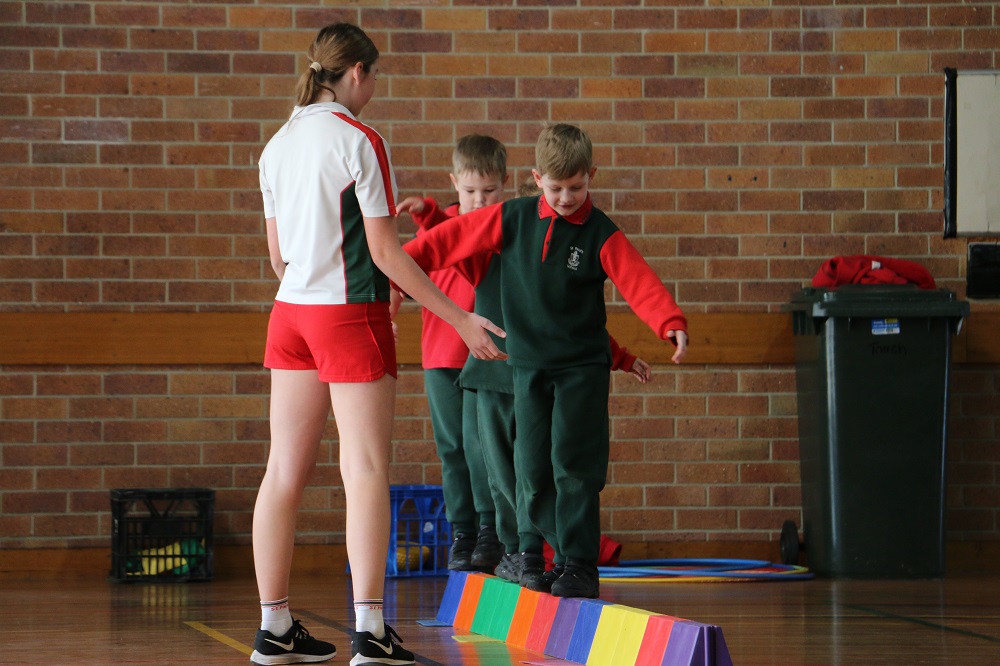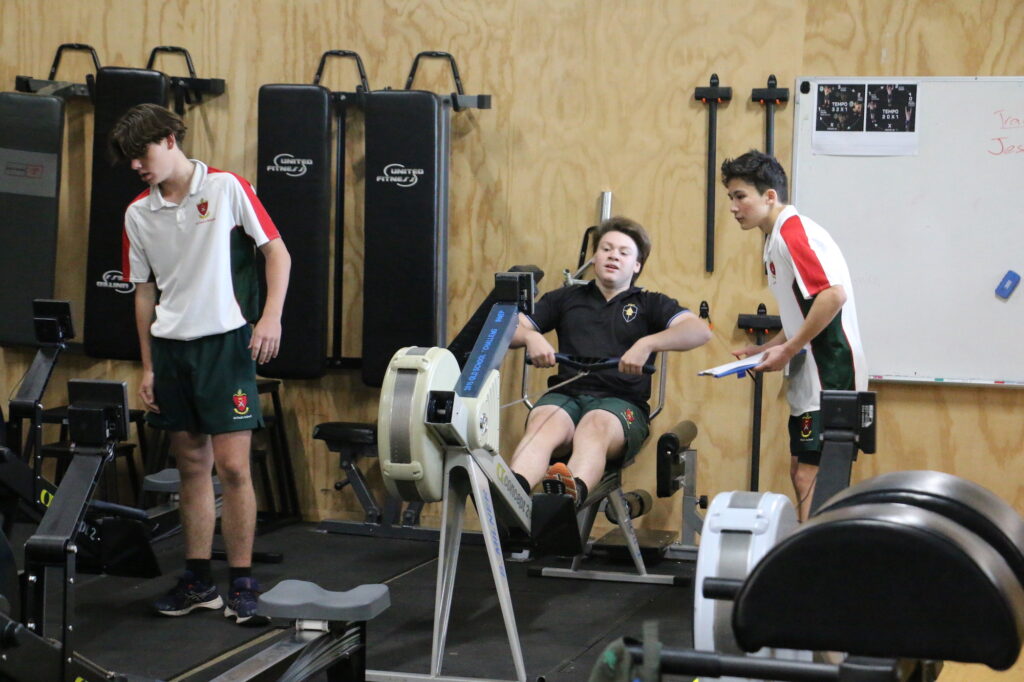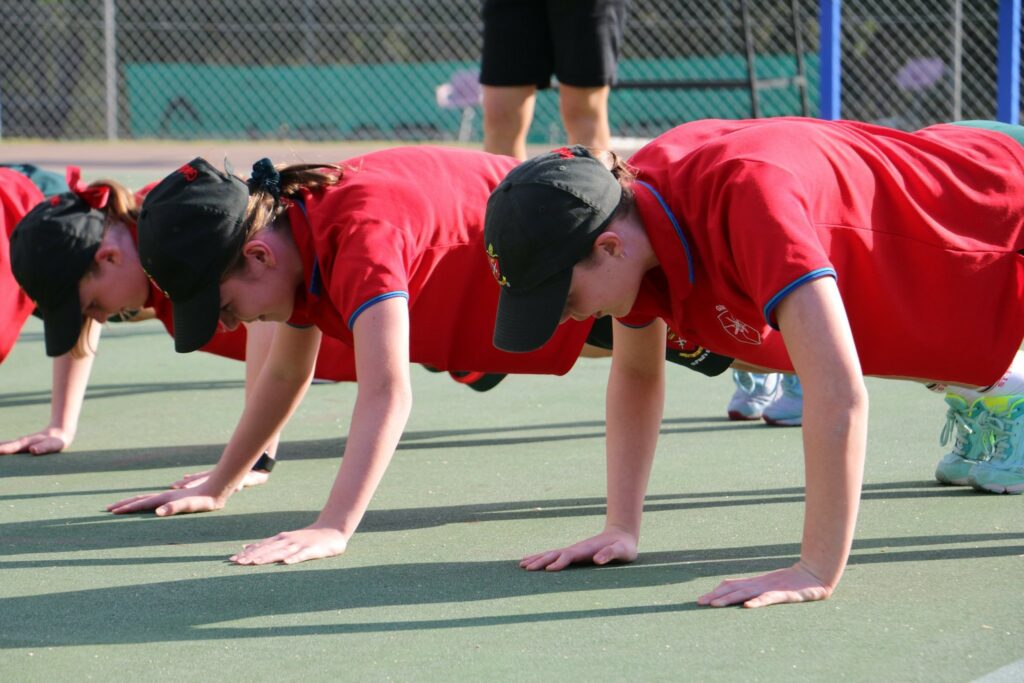
Student Health and Fitness
By Carla Wise (PE and Cert III Fitness Teacher) and Aaron Setterfield (Curriculum Leader – Health and PE)
Health and fitness are vital to the development of strong bodies and minds. However, parents often find it difficult to determine the activities that are best suited to their child. For instance, weightlifting was once shunned by medical experts for causing damage to children’s joints, but it is now an activity enjoyed by hundreds of kids who are lining up at CrossFit (or similar) classes with their parents.
Besides enjoying the health benefits of regular exercise, kids who are physically active generally sleep better and are more able to handle other physical and emotional challenges like running to catch a bus or studying for a test.
But where do you begin? We’ve highlighted some age-appropriate health and fitness activities that children can grasp to help them get up and get moving. However, it’s just as important that parents move too as you can set a great example for your children.
Student Health and Fitness Guide

Pre-Prep to Year 2
The earlier years of school are an ideal time to start introducing your kids to physical activities. Learning to ride a bike, climbing, jumping and squatting are all fun ways to get the kids moving. Children at this age respond well to adult involvement so the more role-modelling you can do the more likely they will be to follow.
At St Paul’s School, the Year 2 students are learning how to perform functional fitness movements such as light kettle bell swings and deadlifts. However, any resistance activities which involve pulling, pushing and pressing their own body weight, such as pulling themselves up on a set of monkey bars or even learning to hang on, are a great way to start their fitness journey. You can also get them to ride their bikes as you jog alongside. Maybe even try a Junior Park Run (2km) that are within range for this age group – any longer is a big ask.
Year 3 to 6
At this stage, it is safe to introduce a PVC pipe or broomstick, to replicate a barbell, into their fitness activities to add some variety. Correct technique is vital in any lifting however, children will also become more body aware as they learn to engage their core muscles to lift objects above their head and place them down again. Aim to help them master the quality of the movements rather than large quantities of activities so they learn to enjoy the benefits of exercising in a non-competitive environment.
Jogging with your child is another way to get them moving. One of the major issues in households is device usage, so a “no device” rule on weekdays is worth considering. Junior school children are often more excited by physical activity. While many in this age group are unlikely to say: “I am going to get fit”, they are usually focused on the “here and now”, so making exercising enjoyable is the key.
Years 7-9
It’s becoming more common for this age group to enjoy a variety of activities that involve resistance training. For those using weights, the medical advice has shifted from previous decades when lifting was frowned upon in adolescence. In fact, resistance training has been shown to decrease the likelihood of injury, improve mental health and create positive and successful experiences, increasing levels of spontaneous activity in teenagers. Also, parents need to lead the way. Ensuring enough sleep and good nutrition is vital, but parents can also set an example with the way that they move in their daily lives.

Years 10 to 12
Our Senior students have the opportunity to specialise their studies to examine health and fitness more closely. They continue to compete in our School extra-curricular program, which is available from Year 4, with multiple sports available for students to build fitness, friendships, and teamwork. Year 10 students often start asking to use the gym, so teaching them how to move correctly is important. There are no egos allowed into the gym at School. We do not encourage our students to “max out” at St Paul’s School, but rather follow the principle of consistently moving well and slowly building strength to feel comfortable and confident participating in any sport or physical activity they choose
If your adolescent is going to lift weights, ensure they learn from a coach or trainer. There are so many benefits for the entire body, for example; the muscular system for strength, the skeletal system for support, the vestibular system for balance, the proprioceptive system for spatial awareness and the nervous system for coordination. All of it typically leads to improved cognitive processing and concentration. However, if resistance exercises are not your thing, there are many cardiovascular options available to students. There are some great running apps, for example, Strava, that allow you to track your workouts, monitor your improvements, plan interesting courses and run in the virtual world. It can be hugely motivating.
Overall, regardless of age, there are many ways to introduce your children to health and fitness activities that can help them develop healthy habits for the rest of their life. And you never know, you might find yourself getting a little fitter too.

